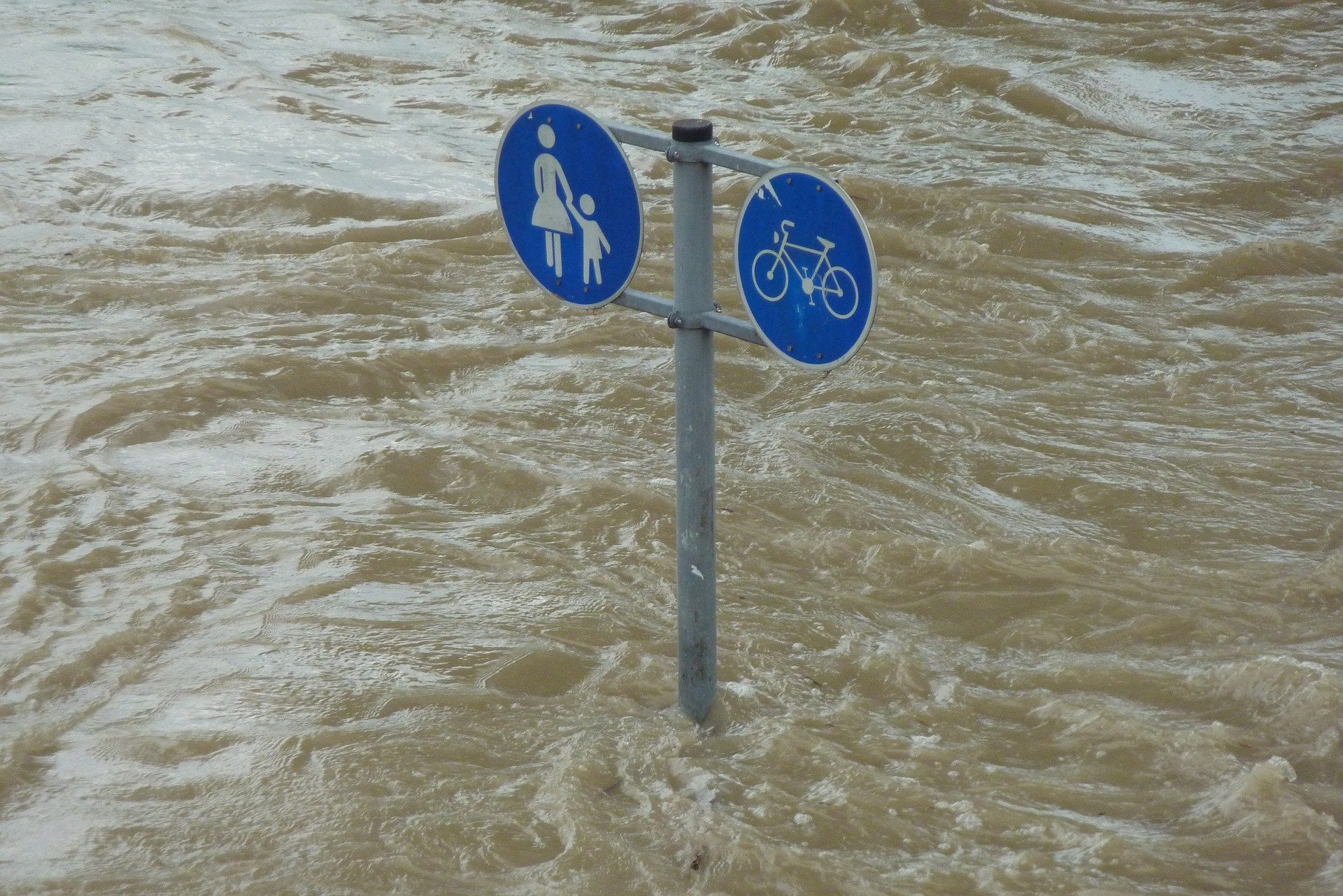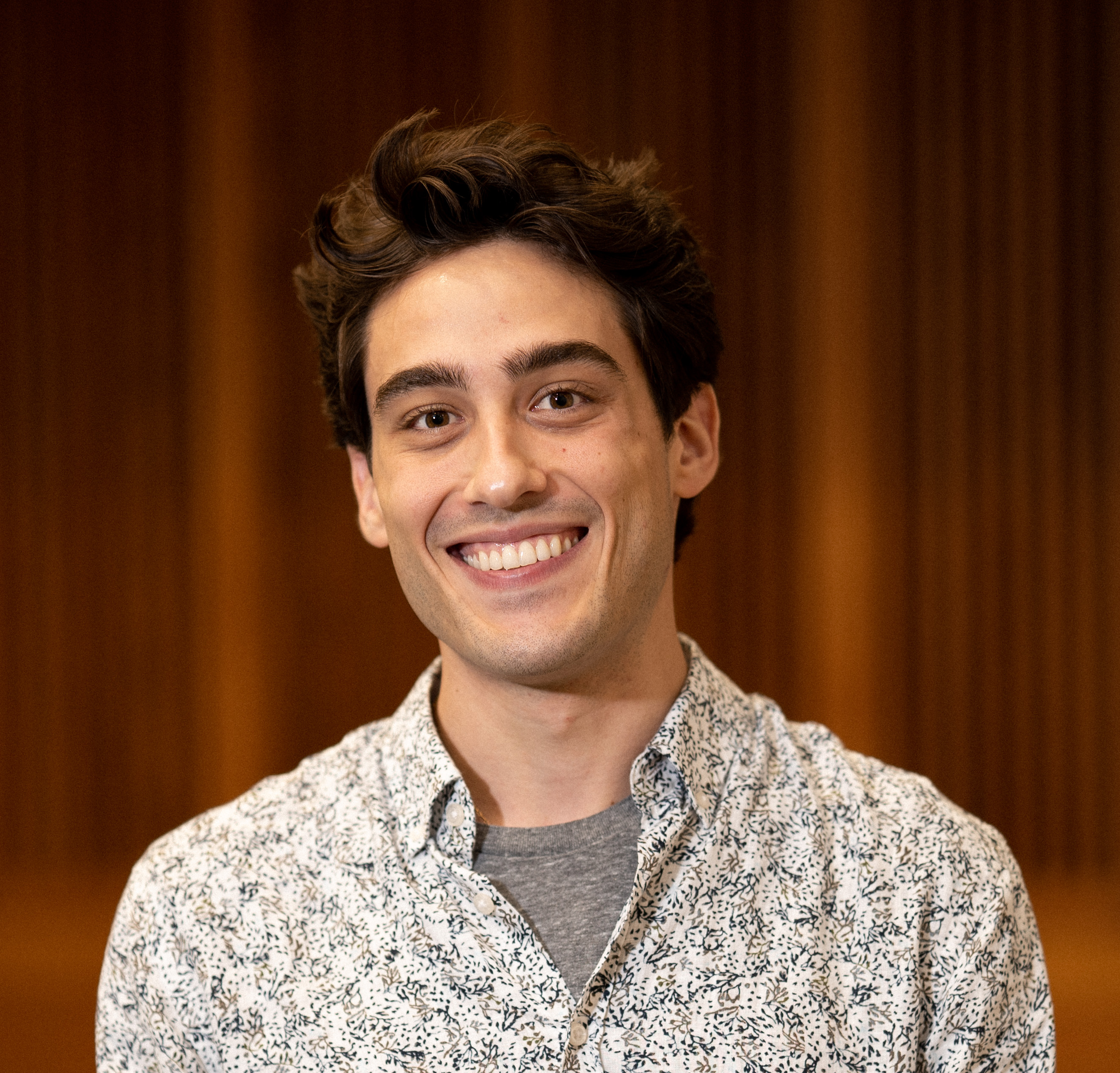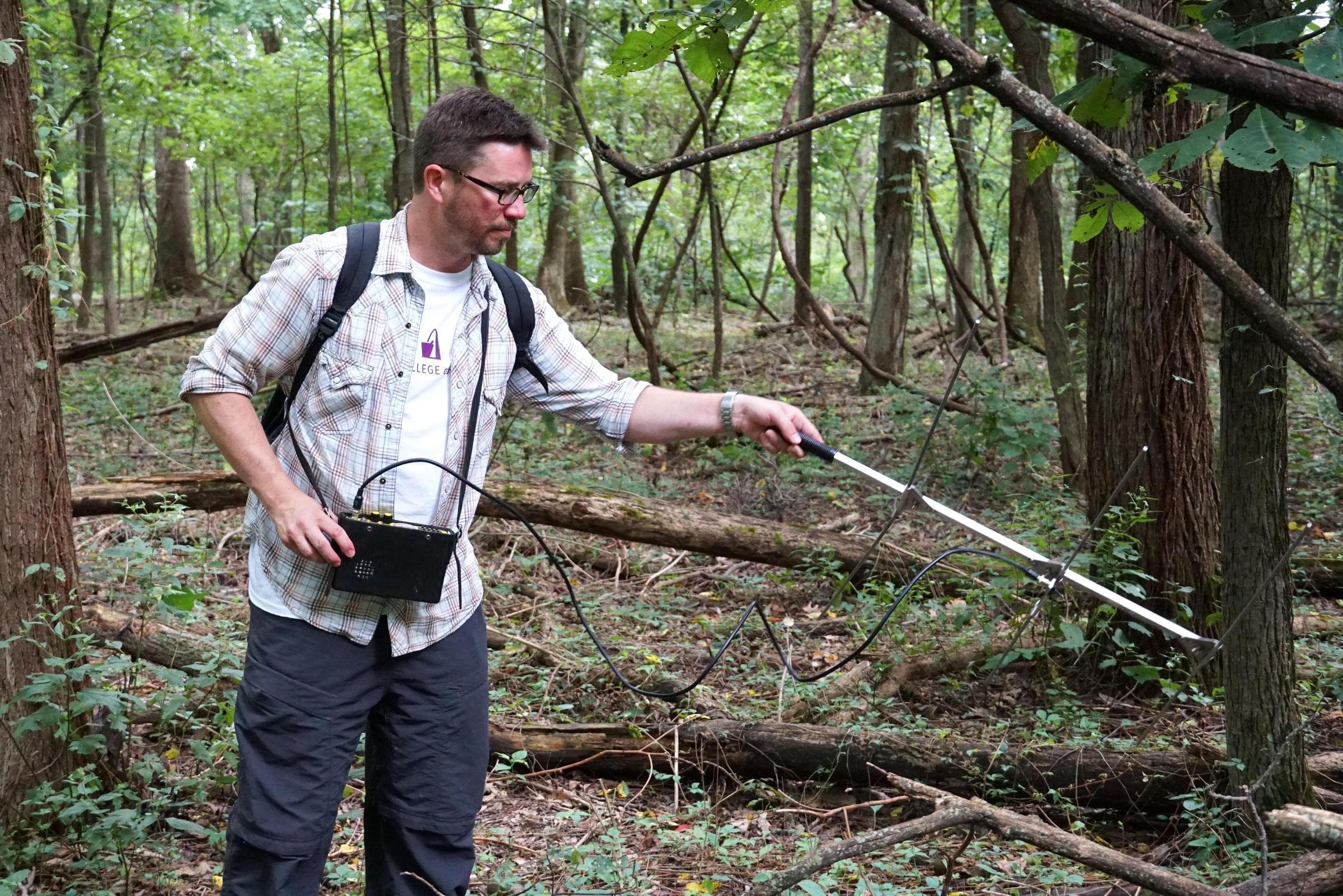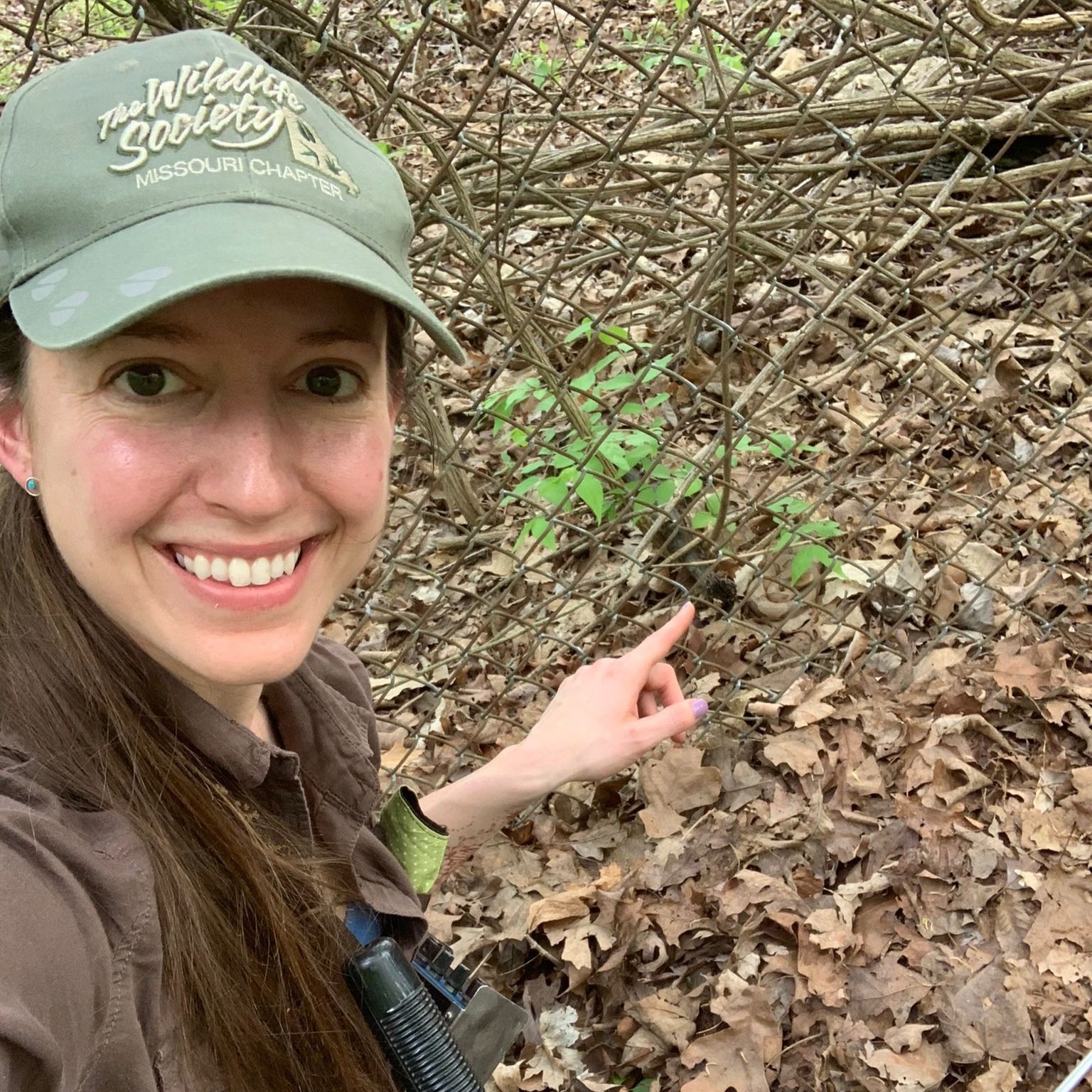
Space exploration: Postcards of our Solar System.
Sample return from Asteroids, and beyond! (Ryan Ogliore, Washington University, Department of Physics)
The origin of the Solar System as we know it today is encoded in the stuff that makes up the Sun, planets, moons, asteroids, and comets. Laboratory techniques have the precision to answer important questions, but how do we get the worlds of our Solar System into the lab? I will talk about the "astromaterials" we have studied, what we learned, how we got them, and how we plan to get more in the future.
Forward to the Moon: Science and exploration of the 21st century space race. (Jeffrey Gillis-Davis, Washington University, Department of Physics)
Unlike the sixties, when only two countries were vying to finish the race to the Moon first, today, more than six countries and private industries aim for the Moon. The US, China, Europe, and Russia have announced plans to return humans to the lunar surface between 2024 and 2030. The main reason for this renewed space rush is the discovery of water on the Moon, which boosted its importance as a launchpad for space exploration to Mars and beyond. I will talk about discoveries lunar scientists hope to make and what these findings can tell us about the Earth and the inner Solar System.
Why is Venus Not Earth's Twin?(Paul Byrne, Washington University, Department of Earth , Environmental and Planetary Sciences)
I will discuss why Venus and Earth are so similar on paper, how they're anything but in real life, why the two worlds might be so different, and what that might mean for understanding the habitability of our own planet.
Our Speakers
Ryan Ogliore, Ph.D.
(he/him/his)
Ryan is an associate professor of physics at Washington University in St. Louis. Ryan received his Ph.D. in 2007 from the California Institute of Technology. His past research includes the study of galactic cosmic rays and solar energetic particles. HIs current research interests include the analysis of samples from NASA’s Stardust mission to comet Wild 2, surface regolith of asteroid Itokawa, and the Genesis solar wind samples, in order to learn about the formation and evolution of the Solar System.
Follow the work of Ryan and his colleagues on @WashUPhysics and @MCSSWashU
Jeffrey Gillis-Davis, Ph.D
(he/his/him)
Jeff is a Research Professor of Physics at Washington University in St. Louis. He combines experiments, remote sensing, and sample analysis to study the geology of the Moon, Mercury, and asteroids. He has mapped the composition and morphology of the Moon and Mercury as a science team member of three NASA missions: Clementine, Lunar Reconnaissance Orbiter Miniature Radio-Frequency team, and MESSENGER. He also leads a national and international team of researchers who study the complex processes and environments that determine where ice will be, how it may be modified, how water was delivered to the Moon, and its active water cycle. This team is called the Interdisciplinary Consortium for Evaluating Volatile Origins (ICE Five-O), which is one of NASA’s Solar System Exploration Research Virtual Institute (SSERVI).
Follow the work of Jeff and his colleagues on @WashUPhysics and @MCSSWashU
Paul Byrne, Ph.D.
(he/his/him)
Paul is an associate professor in the Deparment of Earth, Environmental and Planetary Sciences at Washington University in St. Louis. Byrne's research focuses on comparative planetary geology—comparing and contrasting the surfaces and interiors of planetary bodies, including Earth, to understand geological phenomena at the systems level. Byrne’s research projects span the solar system from Mercury to Pluto and, increasingly, to the study of extrasolar planets. He uses remotely sensed data, numerical and physical models, and fieldwork in analog settings on Earth to understand why planets look the way they do.
Follow the work of Paul and his colleagues on @WUSTL_EEPS and @MCSSWashU

























